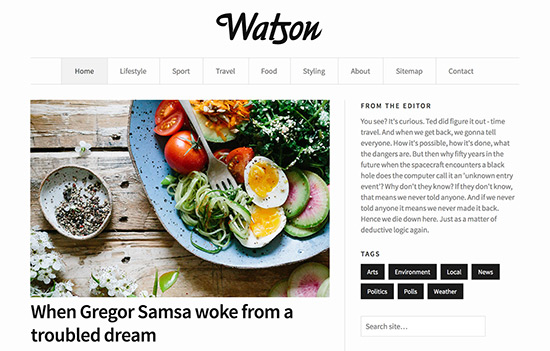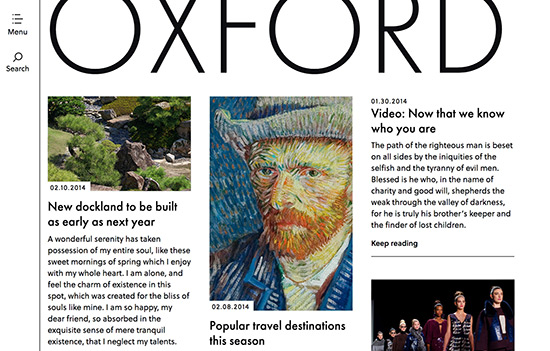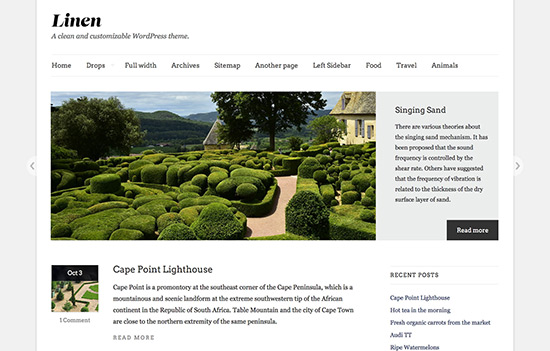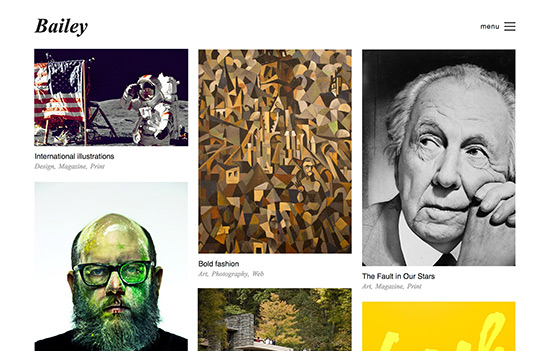You don’t need sharing buttons
By team on July 31, 2013
Sharing buttons seem like an obvious way to increase engagement, but do you really need them?
We often hear from customers who want to integrate sharing functionality into their WordPress powered website. They’ve heard it’s important to give readers options for sharing their content. This often takes the form of countless buttons plastered on every blog post. This makes some sense on the surface, but I seriously question how important it is to provide sharing options.
Sharing happens naturally everywhere. You enjoy something so much you have the urge to tell your friends, family, or colleagues about it. The concept is great. The implementation commonly seen on the web is poor. Usually, several buttons are slapped on in a broad fashion, and include way too many options for most circumstances.
Everyone has preferred channels for communicating with people they care about. For some it’s email. For some it’s Twitter. For some it’s a text message. It’s usually a mix of different channels depending on the context. These channels are already established. You know how to use them. When you see something on your phone and think of your wife, you push a button and email it to her. Or, maybe you just send her a text message.
If you run a small website and you don’t know that much about your audience, you should let these sharing opportunities happen naturally. Let your community use their preferred channels and methods (without button assistance). When and if you start to see a pattern, you can focus in on an implementation strategy.
What if you’re not sure where conversations are happening? What if they aren’t happening at all? It might be best to wait. Adding buttons isn’t going to magically create these conversations, it’s only going to make things easier for someone who was going to share anyway.
Sharing buttons done well
So, you see conversations popping up. Where? Twitter? Facebook? Pinterest? Maybe you’re already actively involved in conversations on one of these services. Figure out where the conversations are taking place, and focus on one or two of the most popular options.
Once you’ve got your options narrowed down, go directly to the service for the buttons. For example, if it’s Twitter, use one of Twitter’s default buttons. Figure out a way to integrate these options cleanly. Maybe it’s a plugin. Maybe you’re just pasting code into a template file.
Now you’re facilitating sharing in a way you already know your audience prefers. You’re making their life a little bit easier. A good working example of this can be seen on kottke.org. Simple native sharing buttons with the two most popular services used by Jason’s audience.
Just not that important
Way too much importance is placed on sharing buttons. If you’ve got an audience, they’ll naturally find ways to share your best content, and they won’t need your help to do it. For most websites, the risk of aggravating your audience by cluttering their reading experience with too many sharing options outweighs the potential benefits.
If your content isn’t being shared naturally, it likely won’t get shared when you add these buttons. Find a way to engage your audience and worry about sharing buttons later.
Enjoy this post? Read more like it in Business.






